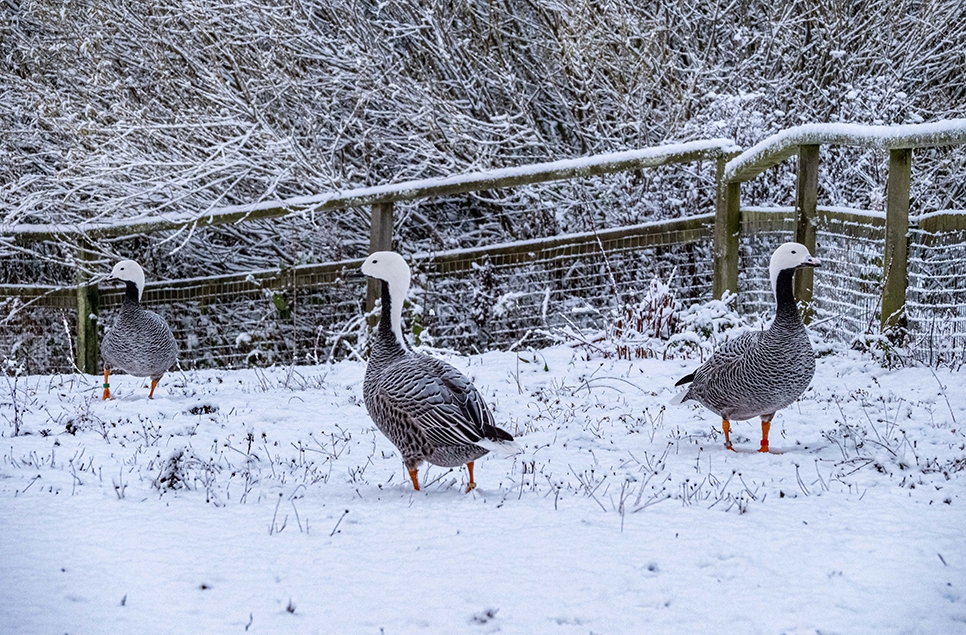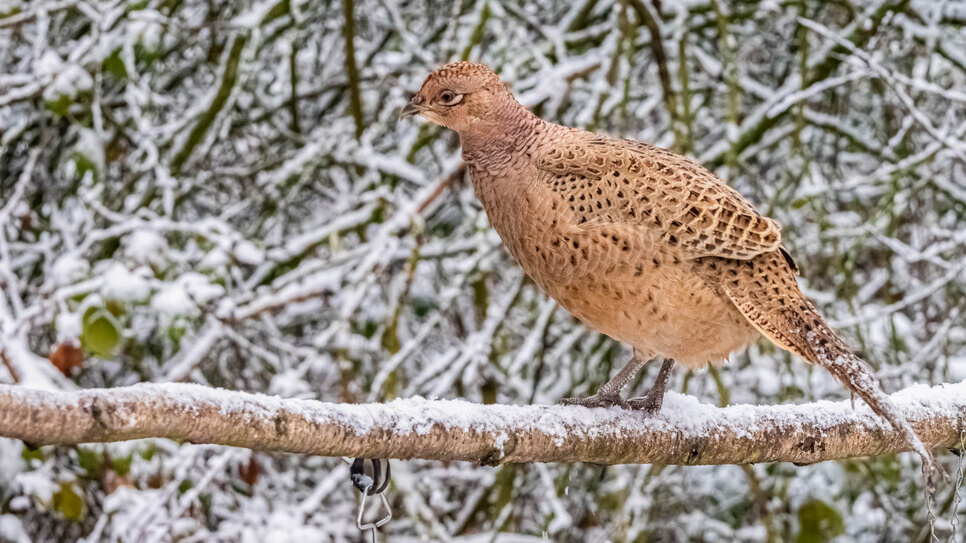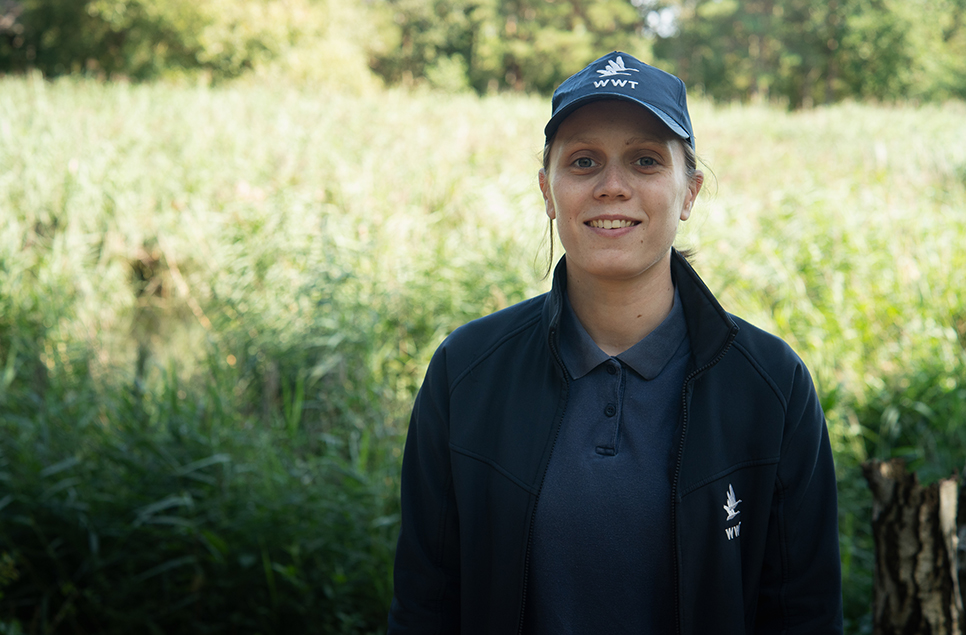Amazing moths!
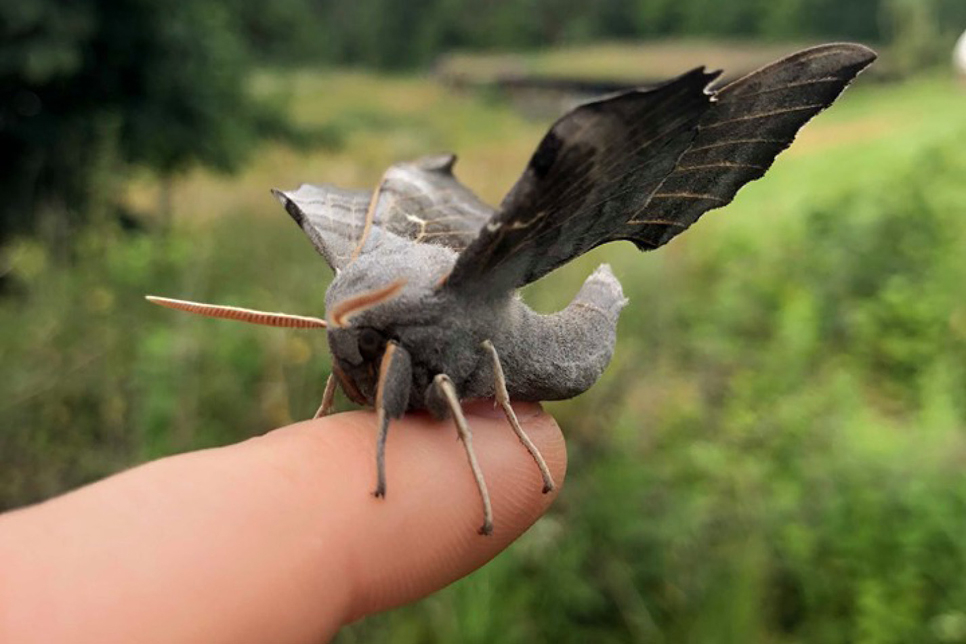
Moths are arguably the Marmite of the insect world but for us, it’s a definite love.
Often feared or maligned as dusty, cloth-eating pests, these fascinating creatures are more similar to their colourful butterfly cousins than you might realise – and are just as vital a part of our planet’s wildlife and biodiversity.
There are approximately 2,500 species of moth in Britain – compared with just 60 or so butterflies – living in a wide range of habitats, and summer is a particularly varied time of year for their populations in wetlands and reedbeds such as ours.
Although typically nocturnal, there are many day-flying moths to be found on a wander around our reserve, with the vivid colours of some helping them to avoid predation, while also making them easier to identify!
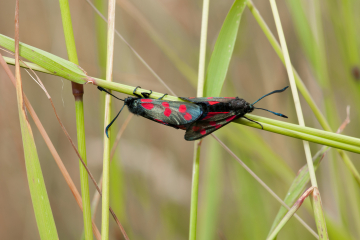 Keep a look out for the distinctive six-spot burnet (left) near flowery grasses, with its six bright red spots on each black forewing, or the similarly red and black coloured cinnabar moth, with the latter’s yellow and black caterpillars feeding on ragwort. Silver Y and chimney sweeper moths are also regularly visible during daytime.
Keep a look out for the distinctive six-spot burnet (left) near flowery grasses, with its six bright red spots on each black forewing, or the similarly red and black coloured cinnabar moth, with the latter’s yellow and black caterpillars feeding on ragwort. Silver Y and chimney sweeper moths are also regularly visible during daytime.
But why are they important?
Because they are so widespread and sensitive to changes, moths are particularly useful as indicator species, giving us clues and information about the health of our environment.
Monitoring their numbers and ranges can tell us about the effects of farming practices, pesticides, air pollution and climate change, for example.
Our warden Andrew has been recording the various species we have here at Washington Wetland Centre for 35+ years - invaluable data about the local ecosystem - and there’s still a buzz when he catches a rare one in his trap overnight, such as the gorgeous lime hawk-moth (below).
** Don't miss the chance to attend one of his upcoming moth mornings this August and September! More info here **
Moths are an important food source for many animal species across a variety of habitats.
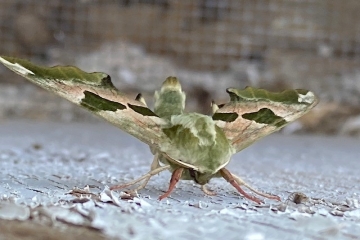 In their caterpillar stage they provide essential nutrition for birds, especially during the breeding season. Did you know...a typical brood of great tit chicks can devour 10,000 moth caterpillars between hatching and fledging!?
In their caterpillar stage they provide essential nutrition for birds, especially during the breeding season. Did you know...a typical brood of great tit chicks can devour 10,000 moth caterpillars between hatching and fledging!?
As adults, they are key prey for bats, as well as frogs, toads, spiders, lizards and hedgehogs.
The role of moths in the pollination of wild plants and crop species is also becoming more widely acknowledged, with pollen sticking to their furry bodies and being transported as they feed.
And their educational value is important too. Along with butterflies, their fascinating life cycles help to engage children with the natural world and the transformation from egg to caterpillar to chrysalis is one of nature’s best wonders.
Sadly, like so many animal groups, moths are in decline. Causes vary but include light pollution, habitat loss, climate change and pesticide use.
Studies have found that overall numbers of moths decreased by about 28% in the last 50 years, with some individual species declining even more dramatically. Numbers of the elegant white ermine for example (below), which we luckily see here quite often, have declined by around 70%.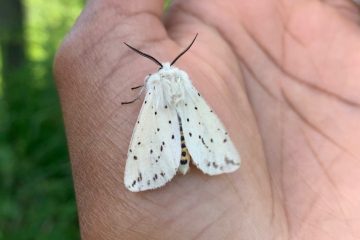
Did you know?
- Moths are a diverse group of organisms in the order known as ‘Lepidoptera’ which means ‘scaly wings’, referring to the tiny scales that coat the wings of the insects in this group, giving them a powdery appearance.
- They have been around for at least 50 million years and probably first evolved some 150 million years ago.
- Moths (to a lesser extent than butterflies) are considered ‘model’ organisms, used to investigate many areas of biological research, including such diverse fields as navigation, pest control, embryology, mimicry, evolution, genetics, population dynamics and biodiversity conservation.
- Since 1914, there have been 56 moth extinctions. Six of these have since recolonised or been re-found.
Ready to visit?
If you've been inspired to explore Washington Wetland Centre or attend a moth event this summer, find out more and plan your visit online.
